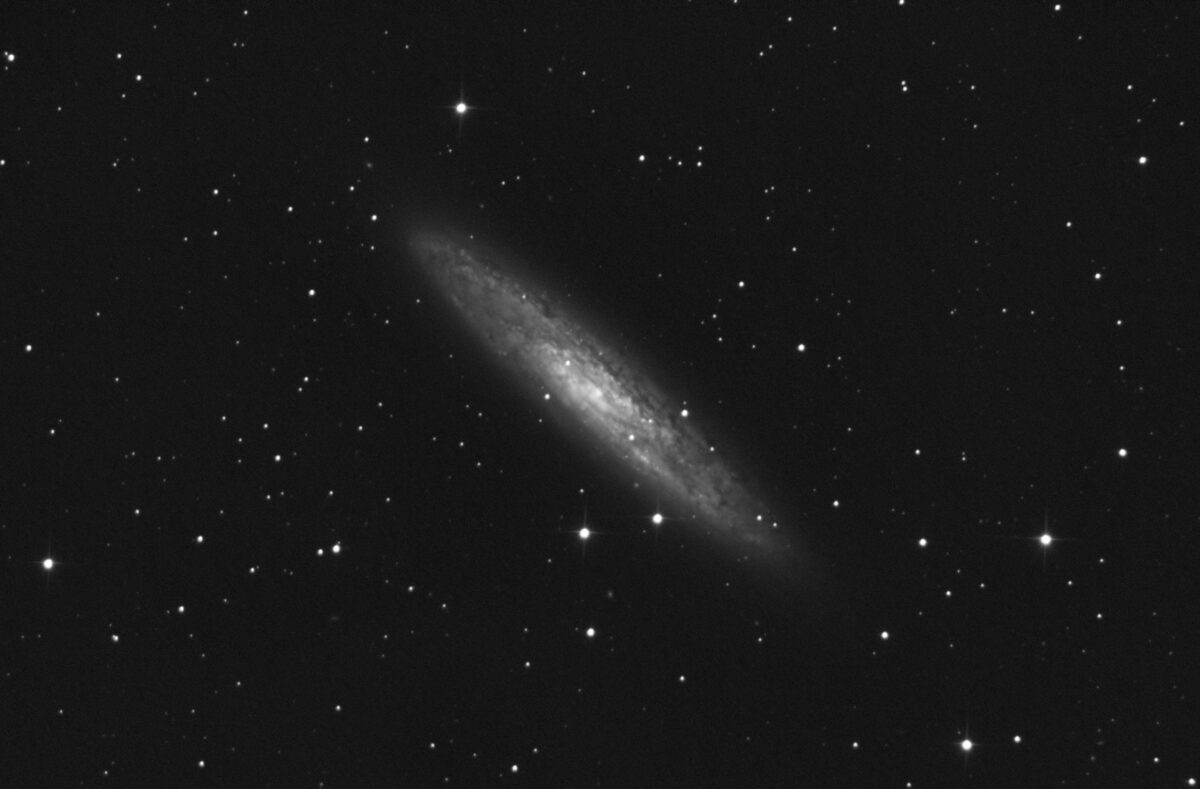Author: Luca Zanini
-

-

-

-

-

-

-

-

-

-

Aristoteles and Eudoxus
Aristoteles and Eudoxus are two craters about 88 and 68 kilometers wide.The flat area in the lower right is Lacus Mortis (Lake of Death) with the rimae Burg.
